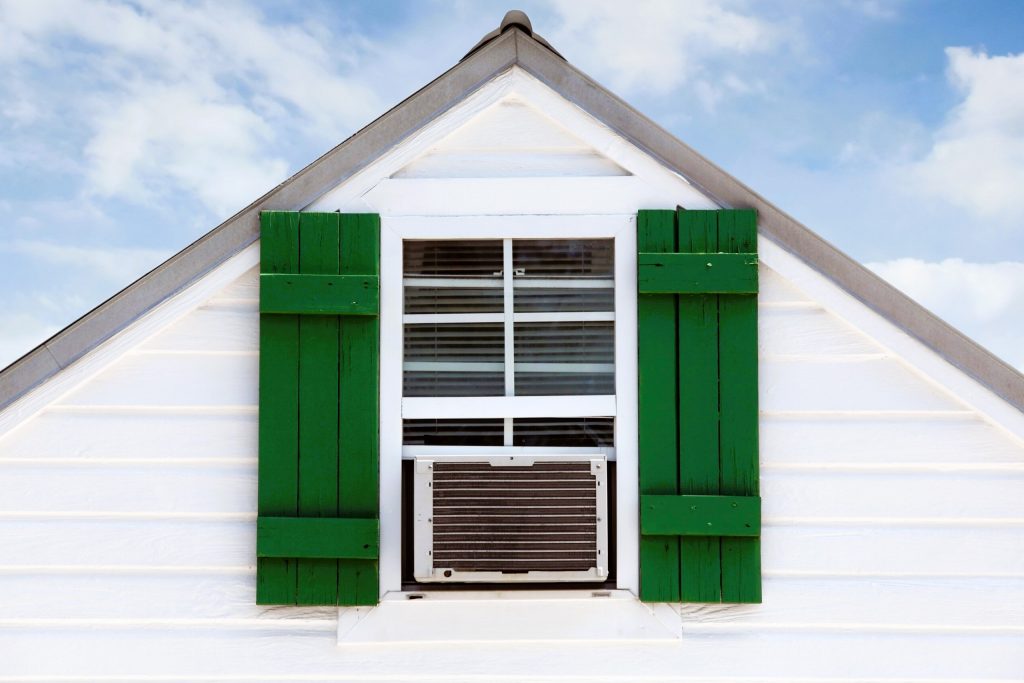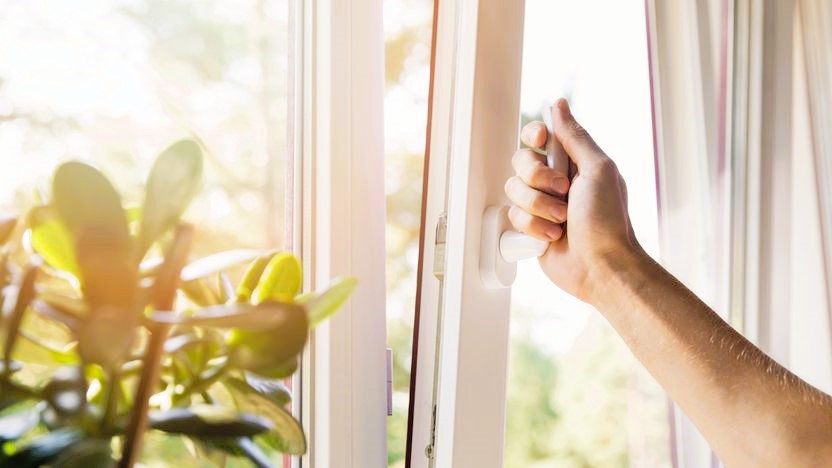Plastic windows are a popular choice for homeowners looking to improve the energy efficiency of their homes. With their ability to prevent heat loss and reduce air leakage, plastic windows are an effective way to save on heating and air conditioning costs while also reducing the environmental impact of the home. In this article, we’ll explore the technologies that exist to increase the energy efficiency of plastic windows and provide tips on how to choose windows that will help save on heating and air conditioning.
- Double or Triple Glazed Glass
One of the most effective ways to increase the energy efficiency of plastic windows is to use double or triple glazed glass. Double glazed windows have two panes of glass separated by a layer of air or gas, while triple glazed windows have three panes of glass with two layers of air or gas. The additional layers of glass and gas act as insulation, preventing heat loss and reducing air leakage. When choosing double or triple glazed windows, it’s important to look for windows with low-emissivity (low-e) coatings, which help to reduce heat loss and improve energy efficiency even further. Interested in a good interior? More details can be found here.

- Warm Edge Spacers
Another technology that can help to increase the energy efficiency of plastic windows is warm edge spacers. Warm edge spacers are strips of material that are used to separate the panes of glass in double or triple glazed windows. They are designed to reduce heat transfer through the window frame and improve energy efficiency. Warm edge spacers come in a variety of materials, including foam, metal, and composite materials.
- Gas Filling
Gas filling is another technology that can help to increase the energy efficiency of plastic windows. In double or triple glazed windows, the space between the panes of glass is often filled with an insulating gas such as argon or krypton. These gases are denser than air and provide additional insulation, helping to reduce heat loss and improve energy efficiency.
- Low-Conductivity Frames
The frame of a window can also have a significant impact on its energy efficiency. Low-conductivity frames, such as those made of PVC or fiberglass, are designed to prevent heat loss and reduce air leakage. These frames are also more durable than traditional window frames and require less maintenance.
- Proper Installation
Finally, proper installation is critical to the energy efficiency of plastic windows. A poorly installed window can allow air leakage and reduce the effectiveness of the window’s insulation. It’s important to choose a reputable contractor who has experience installing plastic windows and who uses proper installation techniques to ensure maximum energy efficiency.
In conclusion, plastic windows offer a range of technologies to increase energy efficiency and save on heating and air conditioning costs. From double or triple glazed glass to warm edge spacers, gas filling, and low-conductivity frames, homeowners have a variety of options when it comes to choosing energy-efficient plastic windows. Proper installation is also critical to the effectiveness of these technologies. By choosing energy-efficient plastic windows and working with a reputable contractor, homeowners can reduce energy costs, improve the comfort of their homes, and minimize their environmental impact.
It’s also worth noting that the energy efficiency of plastic windows can be further improved by using window coverings, such as blinds or curtains, to reduce heat loss and improve insulation. Thesehow to choose windows that will help save on heating and air conditioning.) coverings can help to keep the home warm in the winter and cool in the summer, reducing the need for heating and air conditioning.

In addition, it’s important to choose the right size and style of window for your home. Larger windows can let in more natural light and provide a greater sense of openness, but they can also result in more heat loss and reduced energy efficiency. Choosing the right balance of window size and style can help to maximize the energy efficiency of your plastic windows while also enhancing the overall look and feel of your home.
Finally, it’s important to consider the climate and weather patterns in your area when choosing energy-efficient plastic windows. In colder climates, windows with higher insulating values may be necessary to prevent heat loss and maintain a comfortable indoor temperature. In warmer climates, windows with low-emissivity coatings and proper shading may be more effective at reducing cooling costs and improving energy efficiency.
Overall, choosing energy-efficient plastic windows can have a significant impact on the comfort and energy costs of your home. By considering the technologies and options available, as well as the specific needs of your home and climate, you can choose windows that provide maximum energy efficiency and savings.

